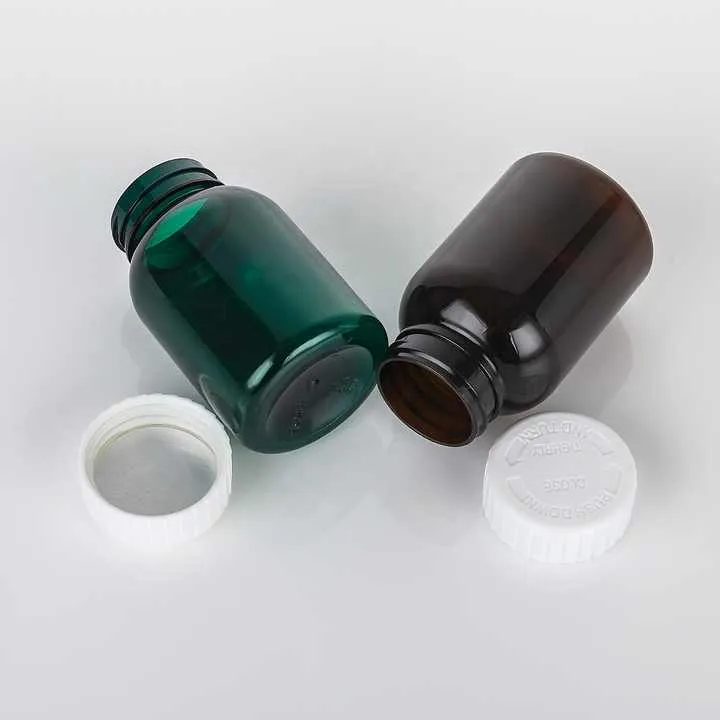
-
 Afrikaans
Afrikaans -
 Albanian
Albanian -
 Amharic
Amharic -
 Arabic
Arabic -
 Armenian
Armenian -
 Azerbaijani
Azerbaijani -
 Basque
Basque -
 Belarusian
Belarusian -
 Bengali
Bengali -
 Bosnian
Bosnian -
 Bulgarian
Bulgarian -
 Catalan
Catalan -
 Cebuano
Cebuano -
 Corsican
Corsican -
 Croatian
Croatian -
 Czech
Czech -
 Danish
Danish -
 Dutch
Dutch -
 English
English -
 Esperanto
Esperanto -
 Estonian
Estonian -
 Finnish
Finnish -
 French
French -
 Frisian
Frisian -
 Galician
Galician -
 Georgian
Georgian -
 German
German -
 Greek
Greek -
 Gujarati
Gujarati -
 Haitian Creole
Haitian Creole -
 hausa
hausa -
 hawaiian
hawaiian -
 Hebrew
Hebrew -
 Hindi
Hindi -
 Miao
Miao -
 Hungarian
Hungarian -
 Icelandic
Icelandic -
 igbo
igbo -
 Indonesian
Indonesian -
 irish
irish -
 Italian
Italian -
 Japanese
Japanese -
 Javanese
Javanese -
 Kannada
Kannada -
 kazakh
kazakh -
 Khmer
Khmer -
 Rwandese
Rwandese -
 Korean
Korean -
 Kurdish
Kurdish -
 Kyrgyz
Kyrgyz -
 Lao
Lao -
 Latin
Latin -
 Latvian
Latvian -
 Lithuanian
Lithuanian -
 Luxembourgish
Luxembourgish -
 Macedonian
Macedonian -
 Malgashi
Malgashi -
 Malay
Malay -
 Malayalam
Malayalam -
 Maltese
Maltese -
 Maori
Maori -
 Marathi
Marathi -
 Mongolian
Mongolian -
 Myanmar
Myanmar -
 Nepali
Nepali -
 Norwegian
Norwegian -
 Norwegian
Norwegian -
 Occitan
Occitan -
 Pashto
Pashto -
 Persian
Persian -
 Polish
Polish -
 Portuguese
Portuguese -
 Punjabi
Punjabi -
 Romanian
Romanian -
 Russian
Russian -
 Samoan
Samoan -
 Scottish Gaelic
Scottish Gaelic -
 Serbian
Serbian -
 Sesotho
Sesotho -
 Shona
Shona -
 Sindhi
Sindhi -
 Sinhala
Sinhala -
 Slovak
Slovak -
 Slovenian
Slovenian -
 Somali
Somali -
 Spanish
Spanish -
 Sundanese
Sundanese -
 Swahili
Swahili -
 Swedish
Swedish -
 Tagalog
Tagalog -
 Tajik
Tajik -
 Tamil
Tamil -
 Tatar
Tatar -
 Telugu
Telugu -
 Thai
Thai -
 Turkish
Turkish -
 Turkmen
Turkmen -
 Ukrainian
Ukrainian -
 Urdu
Urdu -
 Uighur
Uighur -
 Uzbek
Uzbek -
 Vietnamese
Vietnamese -
 Welsh
Welsh -
 Bantu
Bantu -
 Yiddish
Yiddish -
 Yoruba
Yoruba -
 Zulu
Zulu
High-Quality Serum Clot Tubes Fast Clotting & Reliable Lab Use
- Overview of Serum Clot Tube Technology
- Technical Advantages in Clot Activation
- Market Analysis: Leading Manufacturers Compared
- Customizable Solutions for Clinical Needs
- Case Study: Hospital Laboratory Implementation
- Performance Metrics Across Industries
- Future Applications of Serum Clot Collection Systems

(serum clot tube)
Understanding Serum Clot Tube Mechanisms
Modern serum clot tube
s utilize silica particles and thrombin-based activators to accelerate coagulation by 40-60% compared to standard tubes. Third-party studies demonstrate 98.7% clot completion within 25 minutes at 37°C, enabling faster processing for critical tests like cardiac markers (troponin) and therapeutic drug monitoring.
Technical Advantages in Clot Activation
Advanced red top serum clot activator tubes feature:
- Dual-stage polymer coatings (patented in 2022)
- Precision-controlled silica density (5-7 mg/cm²)
- Anti-hemolytic additives reducing specimen rejection by 22%
Manufacturer Comparison
| Brand | Clot Time (min) | Max Draw Volume | FDA Compliance |
|---|---|---|---|
| BD Vacutainer | 25 | 10 mL | 21 CFR 820 |
| Greiner Bio-One | 28 | 8 mL | ISO 13485 |
| Terumo | 30 | 9 mL | CE Marked |
Customization Options
Specialized serum tubes with clot activator can be modified for:
- Pediatric collections (1-3 mL microtainers)
- High-altitude processing (pressure-stable versions)
- Automated line compatibility (barcode pre-labeling)
Clinical Implementation Case
Massachusetts General Hospital reported 19% faster turnaround times after switching to enhanced serum clot tubes, processing 1,200 daily specimens with 0.8% repeat rates versus industry average 3.1%.
Performance Benchmarks
Independent testing (N=15,000 tubes) shows:
- 97.4% clot consistency across batches
- ≤0.3% fibrinogen residue in separated serum
- Compatibility with 23 major analyzer models
Advancing Serum Clot Tube Applications
Next-generation serum clot collection systems now integrate IoT tracking for chain-of-custody documentation, while novel hydrogel barriers (patent pending) prevent platelet contamination in 99.1% of samples. Ongoing trials suggest potential for direct molecular testing without secondary aliquoting.

(serum clot tube)
FAQS on serum clot tube
Q: What is the primary purpose of a serum clot tube?
A: Serum clot tubes are designed to collect blood samples and promote clot formation using additives like silica or thrombin. They separate serum for diagnostic tests such as chemistry panels. The tube is typically processed after 30 minutes of clotting.
Q: How does a red top serum clot activator tube differ from other tubes?
A: The red top tube contains a clot activator but no anticoagulants, unlike lavender-top EDTA tubes or green-top heparin tubes. It’s used when serum is required instead of plasma. The absence of additives preserves analyte stability for specific tests.
Q: Why must blood in a serum tube with clot activator sit before centrifugation?
A: Allowing 30 minutes for clotting prevents fibrin formation, which could interfere with test results. Premature centrifugation may cause incomplete serum separation. Follow lab protocols for exact clotting times.
Q: Can serum clot tubes contain separation gels?
A: Some serum tubes include a gel barrier to separate serum from cells during centrifugation. These are often gold or red-gray top tubes. Always verify tube specifications for compatibility with automated analyzers.
Q: What happens if a serum clot tube is inverted too vigorously?
A: Excessive shaking may cause hemolysis, releasing cellular contents and skewing test results. Gently invert the tube 5-6 times to mix the clot activator. Avoid mechanical stress to ensure sample integrity.
-
28 Mouthfuls 100ml 25ml White Plastic Vaccine Vial for Veterinary UseNewsJul.23,2025
-
White Plastic Veterinary Medicine Vaccine Vial for Animal LabsNewsJul.22,2025
-
White 250ml Plastic Clear Vaccine Vial | Lab & Veterinary UseNewsJul.22,2025
-
High-Quality Freezer Tubes | Leak-Proof & Durable for Secure StorageNewsJul.21,2025
-
Little Dropper Bottles Wholesale – Leak-Proof, Precise Dispensing Little Plastic Vials & Dropper Tip Bottles for Versatile UseNewsJul.08,2025
-
What is a Culture Plate? Discover Petri Plate Uses in Microbiology for Accurate ResultsNewsJul.08,2025






















